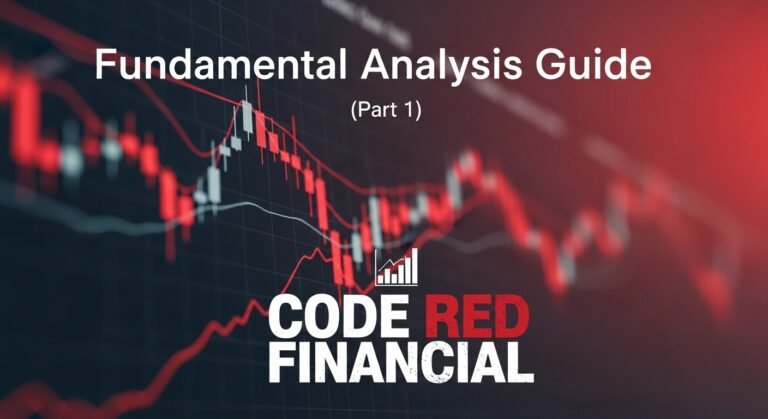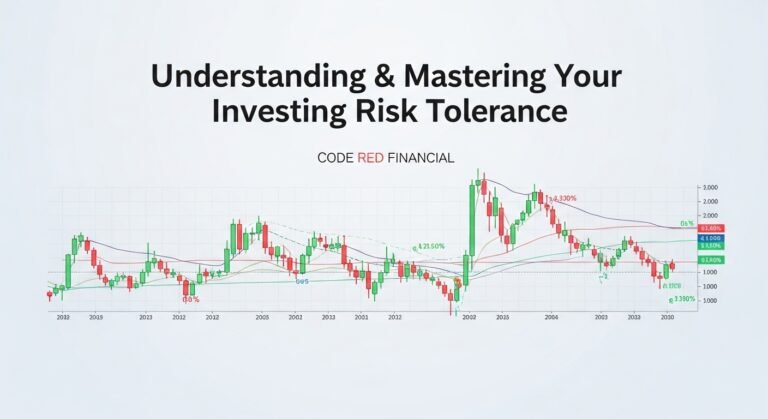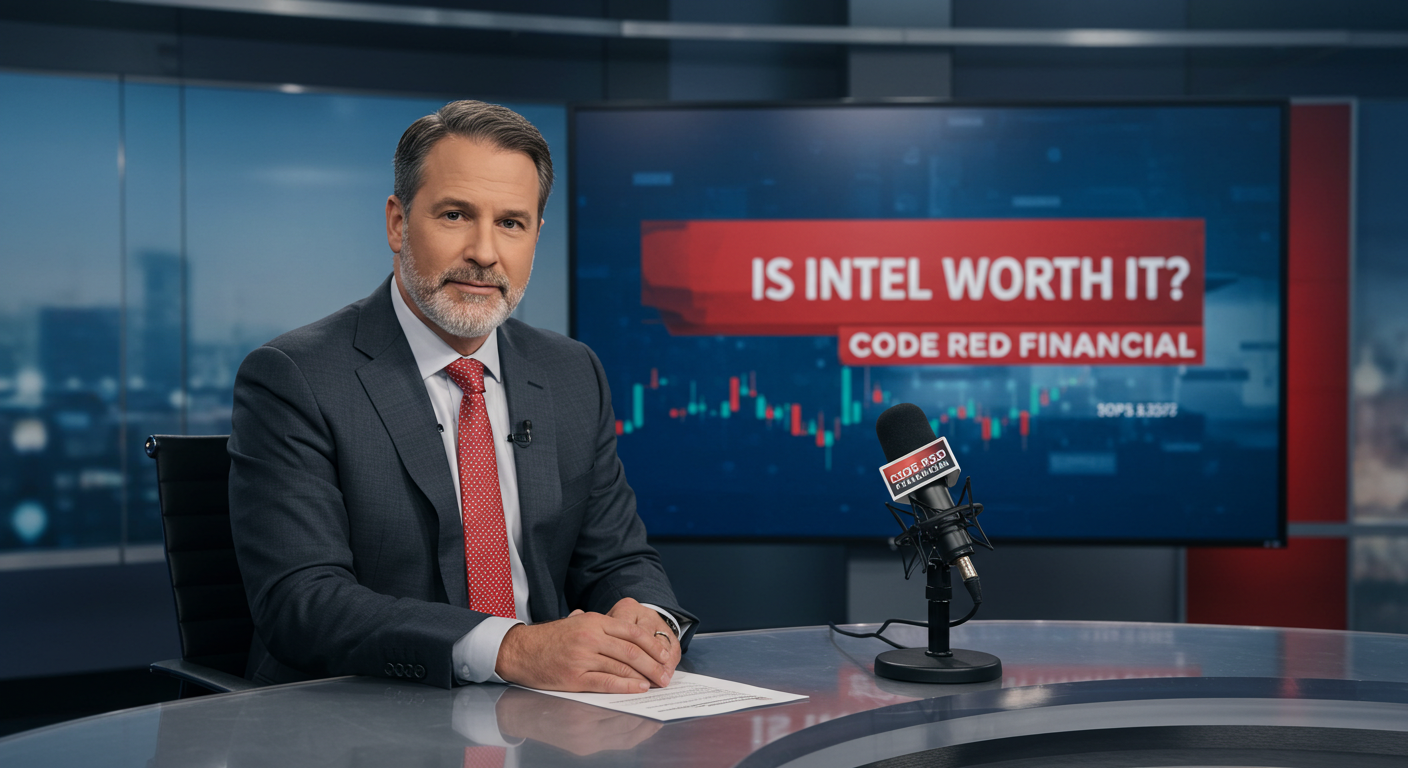
Is Intel Investible?
Investing is a strange mix of logic, instinct, and a dash of faith. You run the numbers, read the reports, and still, at the end of the day, you’re making a bet on the future. My recent bet? Intel Corporation (NASDAQ: INTC) — the once-undisputed king of semiconductors, now fighting to reclaim its crown. This is not the first time I have mentioned Intel and quite likely will not be the last, but I thought it necessary to provide an insight in regard to the kind of risks, I take and the reason behind them.
I didn’t buy Intel shares because it’s the hottest stock on the market. In fact, I bought them because it isn’t. The company is in the middle of a high-stakes turnaround, and that’s exactly where the opportunity — and the danger — lies.
Why It Caught My Eye
For decades, Intel was the heartbeat of personal computing. If you owned a PC, chances were it had an “Intel Inside” sticker. But over the last decade, the company stumbled. Competitors like AMD and Taiwan Semiconductor Manufacturing Company (TSMC) surged ahead in chip technology. Intel missed deadlines, delayed product launches, and watched its market share erode.
So why would I invest in a company with such a bruised reputation?
Because Intel is still a giant — with deep pockets, unmatched manufacturing infrastructure in the U.S., and a renewed sense of urgency. The stock trades at a valuation that reflects skepticism, not optimism. That’s where contrarian investors like me start paying attention.
The Risk Might Be Worth It
1. A Turnaround Plan with Teeth
Intel’s leadership has committed to an aggressive “five nodes in four years” manufacturing roadmap. The crown jewel of this plan is the Intel 18A process, a next-generation chip technology that could put them back in the race with TSMC. If they execute, it could be a game-changer for both their foundry business and their own product lines.
2. Government Backing
The U.S. government recently took a 9.9% equity stake in Intel, investing $8.9 billion through CHIPS Act funding. This isn’t just a cash infusion — it’s a strategic bet on keeping advanced semiconductor manufacturing on American soil. That kind of political and financial support could help Intel weather short-term storms.
3. Valuation Without the Dividend Cushion
For years, Intel’s dividend was a quiet comfort for long-term shareholders — a steady payout that softened the sting of a volatile share price. That safety net is gone. In late 2024, Intel suspended its dividend to conserve cash for its turnaround efforts, including massive investments in advanced manufacturing and AI infrastructure.
On the surface, this makes the stock less attractive to income-focused investors. But for those willing to take a longer view, the suspension could be a sign of discipline rather than distress. By redirecting billions toward capital projects instead of payouts, Intel is betting that reinvestment today will yield far greater shareholder value tomorrow.
Of course, that’s a gamble. Without the dividend, there’s no immediate return while you wait for the turnaround to bear fruit. It’s a pure growth play now — and that means the stock’s appeal hinges entirely on whether Intel can execute its ambitious roadmap.
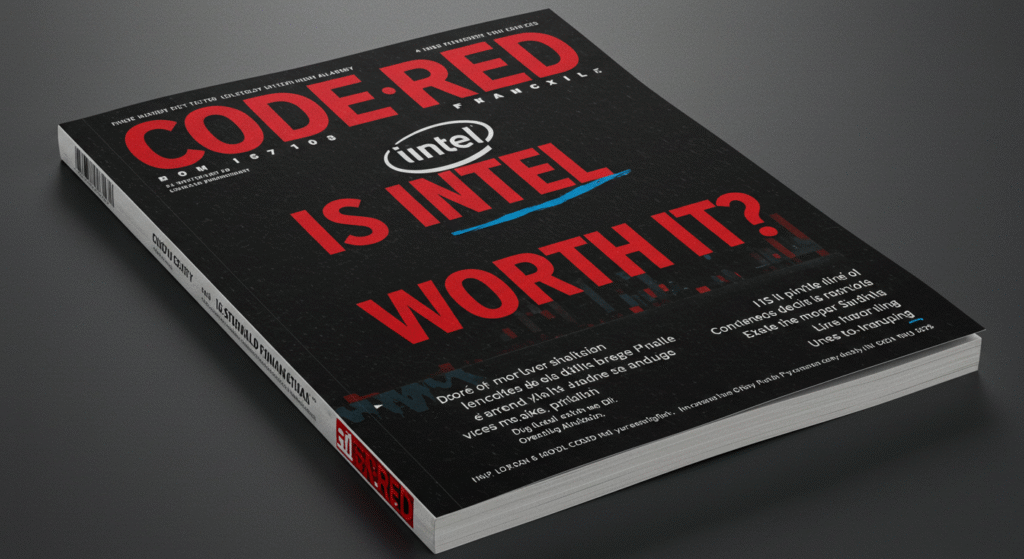
4. Strategic Importance
Chips are the new oil. They power everything from smartphones to AI data centers to fighter jets. Intel’s role in national security and technological sovereignty gives it a relevance that goes beyond quarterly earnings.
This Could Be a Terrible Idea
1. Execution Risk
Intel’s history of missed deadlines isn’t ancient history — it’s recent. The Intel 18A process is ambitious, but if it’s delayed or underperforms, the consequences could be severe. Both their foundry and product businesses depend on it.
2. Leadership Uncertainty
The company has seen leadership shakeups, including the departure of former CEO Pat Gelsinger and the appointment of Lip-Bu Tan amid political controversy. Stability at the top is critical during a turnaround, and right now, that stability is not guaranteed.
3. Fierce Competition
AMD continues to innovate aggressively, and TSMC remains the manufacturing leader. In AI chips, Nvidia is the dominant force. Intel is fighting on multiple fronts, and winning all of them is unlikely.
4. No Dividend Safety Net
The dividend suspension removes a key reason many investors held Intel through its rough patches. Without that quarterly payout, there’s no built-in compensation for waiting. If the turnaround falters, shareholders could be left with nothing but a declining stock price.
5. Geopolitical Risks
Semiconductors are at the center of U.S.-China tensions. Intel’s global supply chain and customer base mean it’s exposed to trade restrictions, export bans, and political maneuvering that could hurt its business.
Balancing Hope and Fear
When I bought Intel shares, I wasn’t expecting a smooth ride. This is not a “set it and forget it” investment. It’s a calculated risk — the kind you take when you believe the market has overcorrected for a company’s past mistakes.
I asked myself three questions:
- Is the downside already priced in? Intel’s valuation suggests Wall Street isn’t expecting much. That means even modest good news could move the stock higher.
- Does the company have the resources to survive a few more missteps? With billions in cash, government support, and a still-profitable core business, Intel has breathing room — but without the dividend, the patience required from shareholders is greater.
- Am I willing to wait? Turnarounds take time. I’m not expecting fireworks this quarter or even this year. This is a multi-year bet.
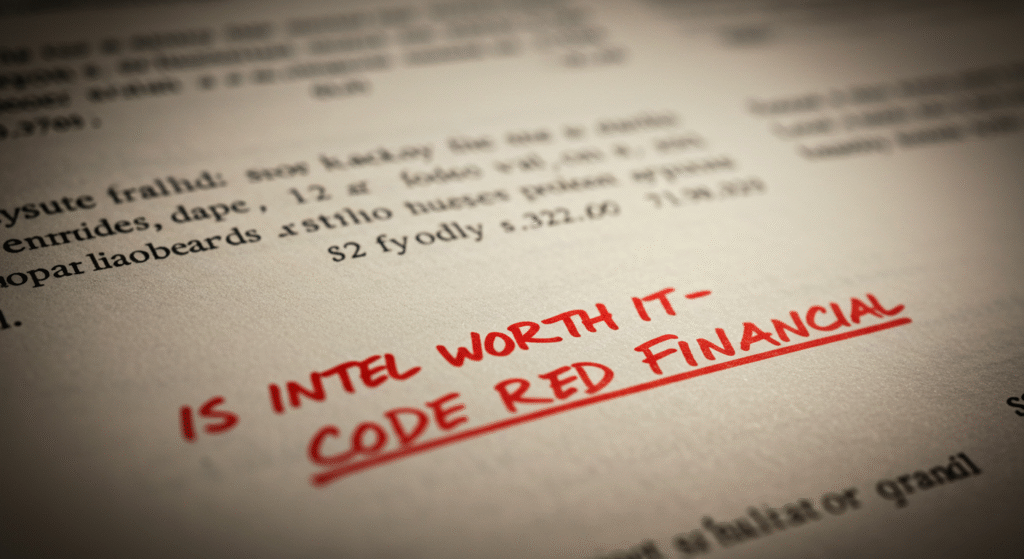
Emotional Side of Investing
Let’s be honest — investing isn’t purely rational. There’s a thrill in buying a stock that others have written off. It’s the same feeling you get when you root for the underdog in sports. You know the odds, but you can’t help imagining the comeback story.
For me, Intel represents that narrative. A fallen giant with the resources, talent, and motivation to fight its way back. Will it succeed? I don’t know. But I’d rather take a swing at a potential home run than settle for a safe single.
What Would Make Me Sell
I’m not blindly loyal to Intel. If I see signs that the turnaround is failing — missed manufacturing milestones, loss of key customers, or worsening financials — I’ll reassess. Without the dividend, there’s even less reason to hold through prolonged underperformance.
A Risk Worth Taking… For Now
Intel is not a stock for the faint of heart. It’s a company in transition, facing enormous challenges and equally enormous opportunities. The risk is real — but so is the potential reward, but like the downtrodden, the forgotten and just like other companies have done, AMD and even the investment community darling, Nvidia, Intel deserves the opportunity to pivot and implement their turnaround strategy, don’t they?
If you’re considering Intel, go in with your eyes open. Understand the stakes, the timeline, and your own tolerance for volatility. For me, the combination of low valuation, strategic importance, and a credible (if ambitious) turnaround plan made it worth the gamble — even without the comfort of a dividend.
Whether this story ends in triumph or regret, only time will tell. But in the world of investing, sometimes the most satisfying wins come from the bets everyone else was too afraid to make.
Disclaimer: This article is for informational purposes only and does not constitute financial or investment advice. Consult with a qualified 1 financial advisor or tax professional before making any decisions about your investments or retirement accounts

